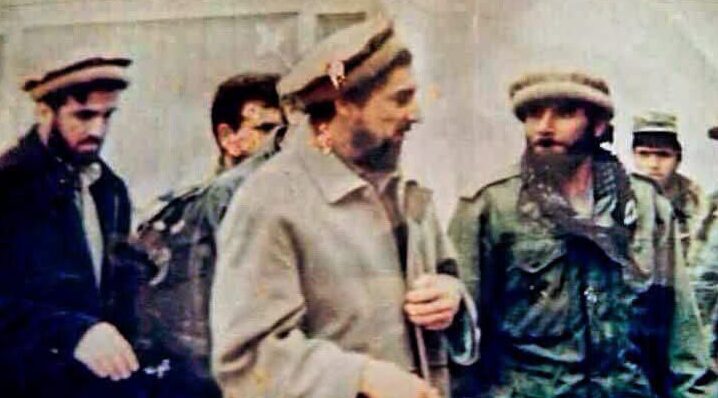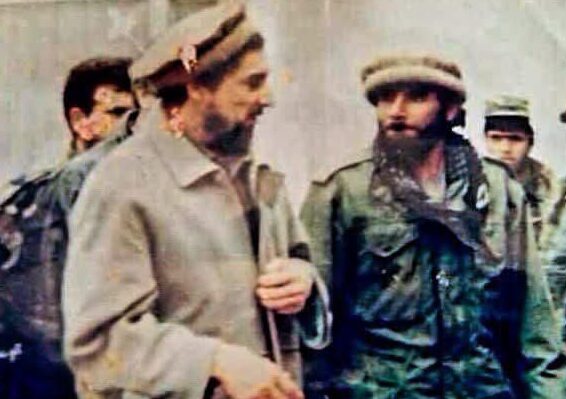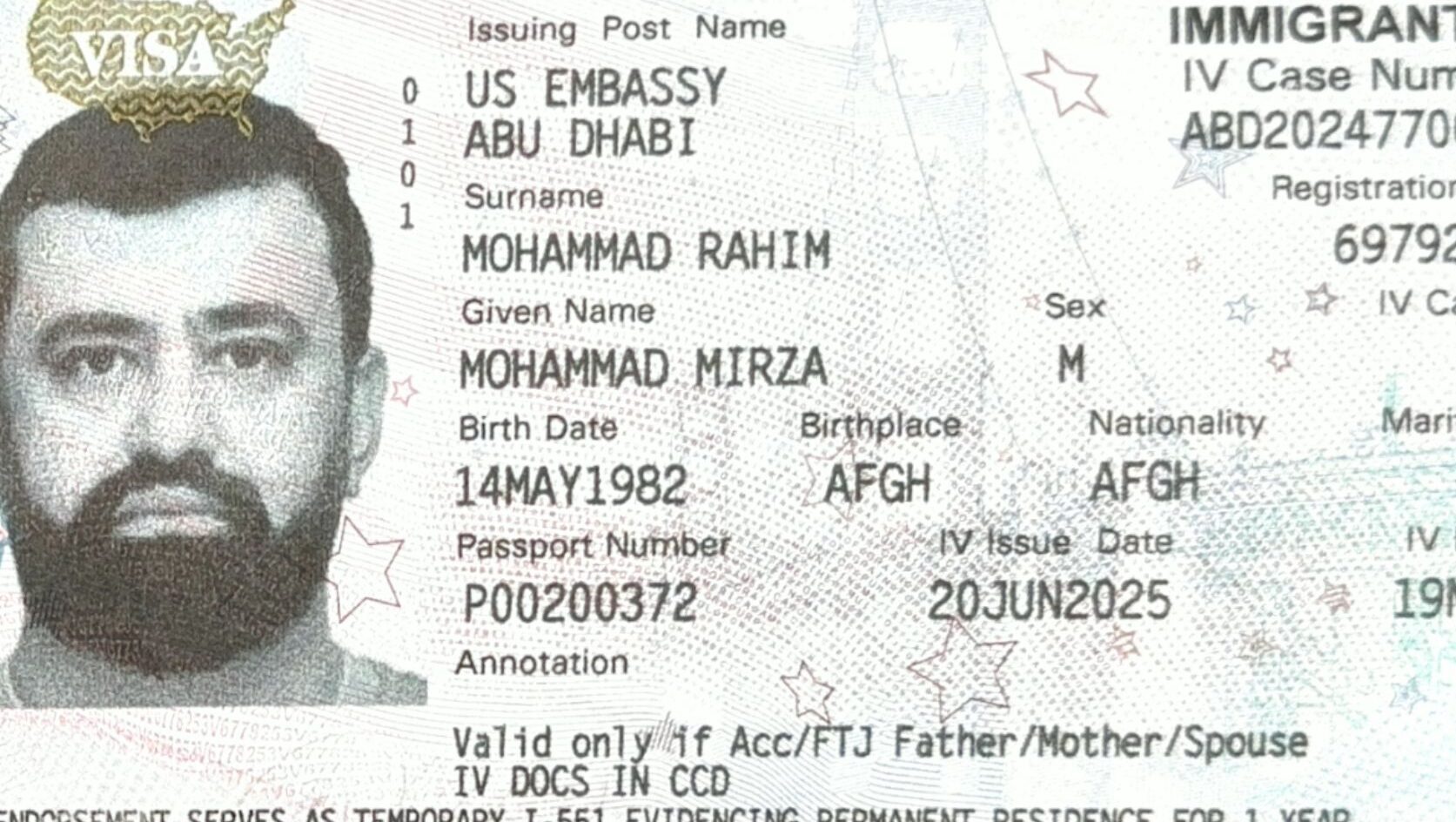
In the days when the lands of northern Afghanistan reeked of gunpowder and the rumble of tank tracks echoed alongside children’s lullabies, a young boy from Panjshir entered a military academy in the Soviet Union. His name was Baba Saeed. Trained in armored warfare under the rigid and ideological system of the Soviets, he was not yet a known commander — but years later, his name would be bound to words as heavy as steel: tanks, frontlines, resistance.
Meeting Massoud: The Beginning of Loyalty
When Baba Saeed returned to Afghanistan, the war against the Soviet Red Army was at its height. He joined the Panjshir front under the command of Ahmad Shah Massoud, later revered as the “Lion of the North.” Their bond went beyond military duty — it was a deep, battlefield-forged loyalty. Baba Saeed became a combat company commander, frequently positioned at the frontline defense of the valley.
In the stony mountain camps of Panjshir, he wasn’t just another officer — he was an architect of guerrilla tactics against Soviet armor. Fluent in Russian, technically skilled, and unwaveringly loyal to Massoud, Baba Saeed became one of the hidden forces behind the resistance.
When Kabul Fell, Baba Saeed Still Stood
After the Soviet withdrawal and the Mujahideen victory, the nature of the war changed. The Mujahideen government settled in Kabul, and Baba Saeed moved from Panjshir to Mazar-e-Sharif, where the 7th Army Corps was being established. There, he worked closely with Atta Mohammad Noor as commander of the armored brigade — a partnership that would become more complex with time.
But Afghanistan never knew rest. As the Taliban, led by Mullah Omar, overthrew the Mujahideen government of Burhanuddin Rabbani and entered Kabul, Baba Saeed once again donned his fatigues. He returned to Panjshir and stood again under Massoud’s banner — this time, not just as a combat commander, but as the head of the military vehicle repair unit, bringing wrecked tanks and machinery back to life with whatever limited resources he had in the harsh mountain terrain.
The First Fall, the Second Rise
After Ahmad Shah Massoud’s assassination on September 9, 2001, the world shifted within 48 hours. The Taliban took Kabul. The U.S. invaded. A new political map emerged.
Baba Saeed vanished briefly — but was soon seen again in Darah Sof, Samangan, back in the ranks of Atta Mohammad Noor’s forces. The battlefield had changed, but many of the old warriors still remained.
By then, Baba Saeed was among the last of the first-generation anti-Taliban commanders. He joined the government under President Hamid Karzai, but never truly left the battlefield. Fluent in English and Russian, computer-literate, and highly technical, he spent his time in military garages or shadowy security meetings.
The Final Chapter — or Erased from the Story?
For over 13 years after the fall of the first Taliban regime (2001–۲۰۱۳), Baba Saeed remained active — known as a military advisor and loyal ally to Atta Mohammad Noor. Some say he had shifted to business. Then, suddenly, he disappeared.
No body was found. No official statement made. No photo surfaced. His disappearance remains a dark silence — and each year, as September 9th returns to mark Massoud’s martyrdom, Baba Saeed’s shadow returns among his old comrades.

A Secret Behind the Tanks
The story of Baba Saeed is the story of a generation — one that fought the Soviets, fought the Taliban, and fought loneliness and betrayal. A commander who embodied weapons, language, and technology — and perhaps paid the price for being too capable, too loyal, or simply in the wrong place at the wrong time.
Where is Baba Saeed?
No photo has been seen.
No word of his death or life has ever been confirmed.
Is he dead?
Is he alive?
And if he was killed — who buried the truth?
ARG Times will follow this mystery to the final day.
If you have any photo, memory, or information about Baba Saeed, share it with us.
Email: afghanistan@argtimes.com



